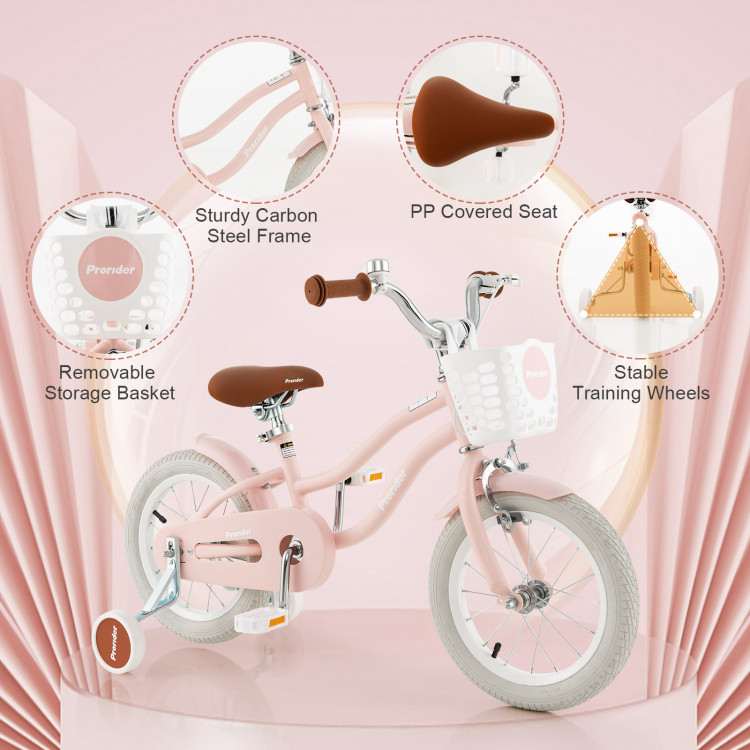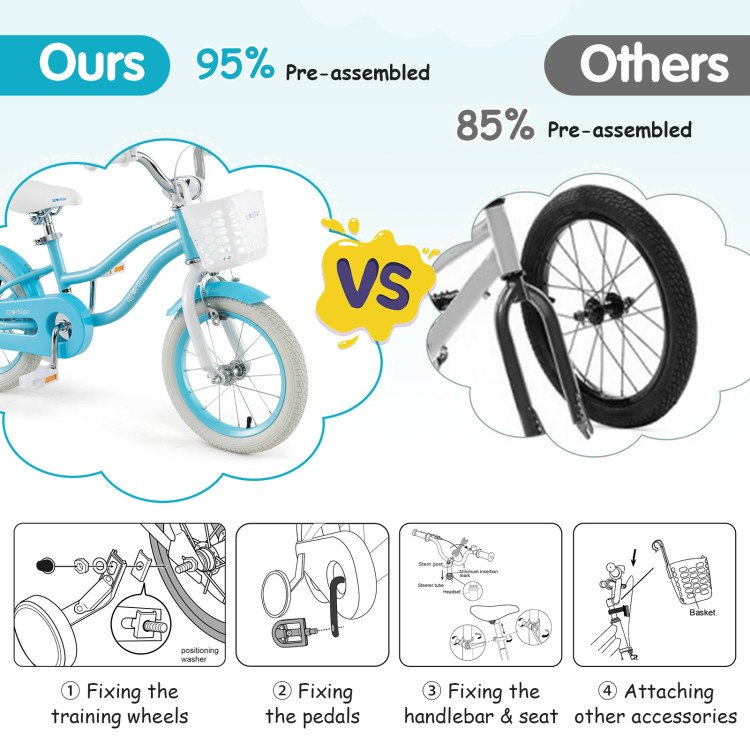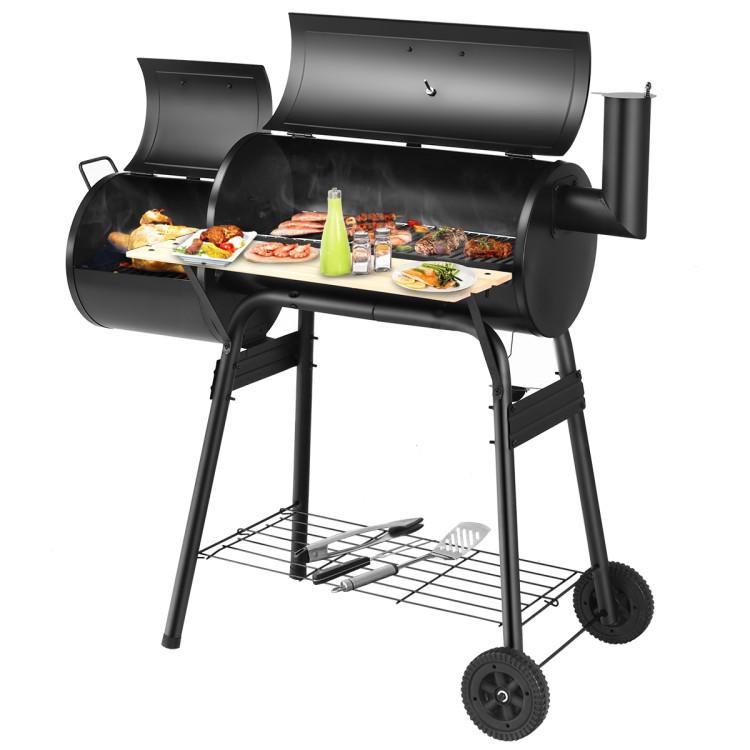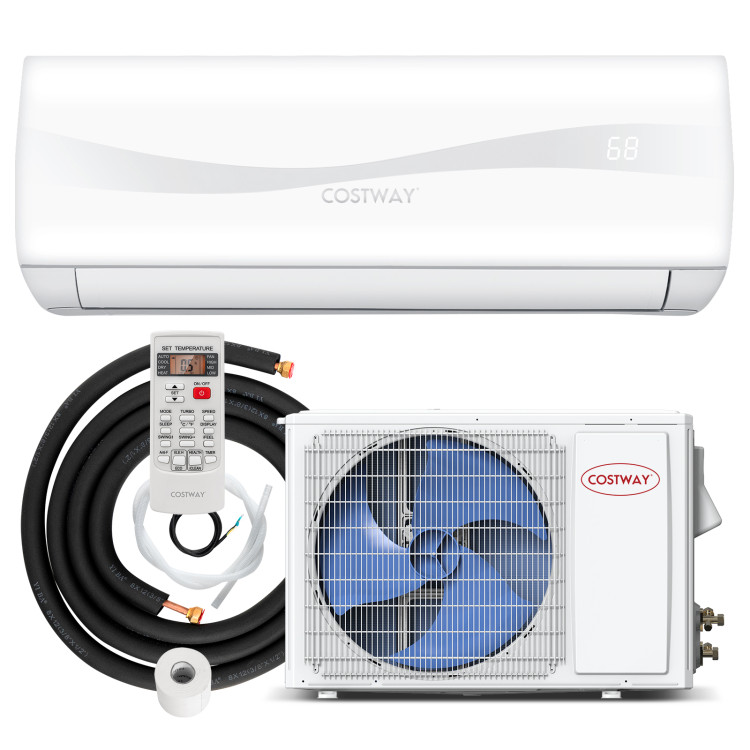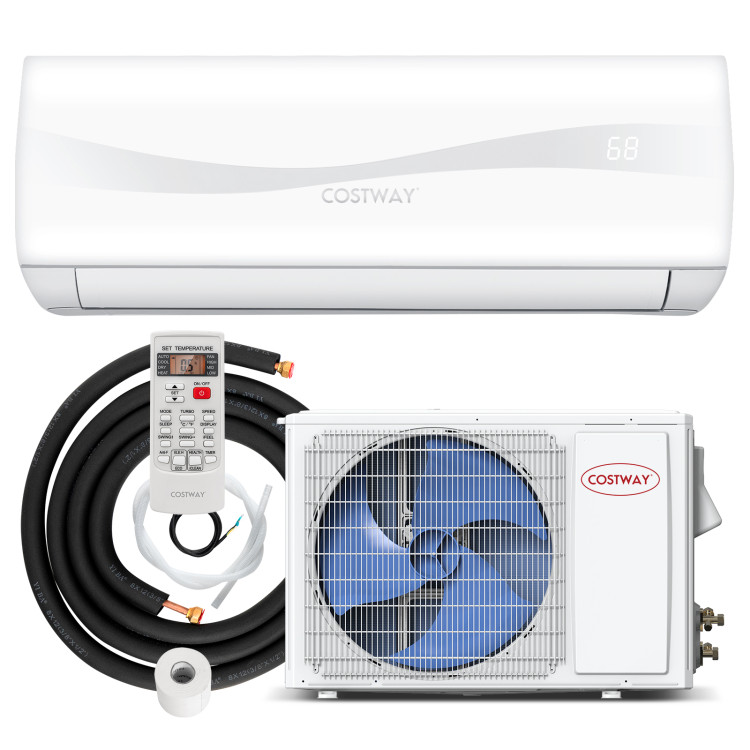When it comes to cooling our homes, mini-split air conditioning systems have become increasingly popular. These compact and efficient units offer a versatile cooling solution, providing comfort and convenience. In this article, we will explore the different types of mini-split ACs, aiming to provide comprehensive and informative content to help readers understand the various types of mini-split air conditioning.
What is a Mini-Split AC?
Before delving into the different types, it is essential to understand what a mini-split AC is. Mini-split air conditioners, also known as ductless systems, consist of two main components: an indoor unit and an outdoor compressor. Unlike traditional central air conditioning systems, mini-split ACs do not require ductwork, making them a flexible and efficient option for cooling individual rooms or specific areas of a home.
Wall-Mounted Mini-Split ACs: One of the most common types of mini-split ACs is the wall-mounted unit. These compact units are installed high on the wall, allowing for optimal airflow and efficient cooling. Wall-mounted mini-splits are versatile and suitable for various room sizes, making them a popular choice for residential and commercial applications.
Ceiling Cassette Mini-Split ACs: Ceiling cassette mini-split ACs provide a discreet cooling solution. These units are installed in the ceiling, with only the decorative panel visible. Ceiling cassette ACs distribute cool air evenly throughout the room through multiple air vents, creating a comfortable and consistent indoor environment. They are a preferred choice for spaces with limited wall space or for those seeking a seamless aesthetic.
Floor-Mounted Mini-Split ACs: Floor-mounted mini-split ACs offer flexibility in terms of installation and placement. These units are installed near the floor, providing efficient cooling while also serving as a heating source during colder months. Floor-mounted mini-splits are particularly suitable for rooms with limited wall or ceiling space, and they offer customizable air distribution options for personalized comfort.
Multi-Zone Mini-Split ACs: Multi-zone mini-split ACs are designed to cool multiple rooms or zones using a single outdoor unit and multiple indoor units. These systems offer individual temperature control for each room, providing personalized comfort throughout the home. Multi-zone mini-splits are a cost-effective and efficient solution for cooling larger spaces or homes with specific cooling needs.
https://www.costway.com/12000-btu-115v-mini-split-wall-mounted-air-conditioner.html
What are the advantages of mini-split ACs?
Efficient Cooling: One of the most significant advantages of mini-split ACs is their exceptional cooling efficiency. Unlike traditional central air conditioners that rely on ductwork, mini-splits use a two-part system consisting of an outdoor condenser and one or more indoor air-handling units. This configuration allows for individual temperature control in different rooms or zones, minimizing energy waste by cooling only the spaces that are occupied. With the ability to customize cooling settings, users can enjoy optimal comfort while reducing energy consumption and lowering utility bills.
Easy Installation: Installing a central air conditioning system can be a cumbersome and expensive process, requiring extensive ductwork throughout the building. Mini-split ACs, on the other hand, offer a much simpler installation. The indoor unit can be mounted on a wall or ceiling, while the outdoor condenser can be placed conveniently outside the building. The absence of ductwork eliminates the need for expensive renovations, making mini-split ACs an ideal option for retrofitting existing homes or buildings with limited space.
Flexible Zoning Options: One of the standout features of mini-split ACs is their ability to provide customized cooling in different areas or zones. Each indoor unit operates independently, allowing users to set individual temperature preferences according to their specific needs. This flexibility is particularly beneficial in large homes or offices with varying cooling requirements. Zoning enables users to maintain different temperature levels in different rooms, enhancing overall comfort and energy efficiency.
Improved Air Quality: Mini-split ACs prioritize air quality by incorporating advanced filtration systems. These systems help remove dust, pollen, allergens, and other airborne particles, creating a healthier indoor environment. Additionally, since mini-splits do not rely on ducts, there is a reduced risk of contaminants such as dust and mold accumulating and circulating throughout the system. The result is cleaner, fresher air that promotes better respiratory health.
Whisper-Quiet Operation: Traditional air conditioners can be noisy, causing disturbances during sleep or conversations. In contrast, mini-split ACs operate quietly, ensuring a peaceful and undisturbed environment. The indoor units are designed with noise reduction technology, producing minimal sound while delivering optimal cooling performance. This makes mini-splits a preferred choice for bedrooms, offices, and other areas where noise levels need to be kept at a minimum.
https://www.costway.com/18000-btu-208-230v-mini-split-air-conditioner-with-17-seer-heater.html
Conclusion:
From wall-mounted units for versatility to ceiling cassette and floor-mounted units for discreet placement, each type of mini-split AC has its unique features and benefits. Understanding the different types allows homeowners and businesses to make informed decisions based on their specific cooling needs. As the demand for energy-efficient and flexible cooling solutions continues to rise, mini-split ACs provide a reliable and convenient choice for creating comfortable indoor environments.

